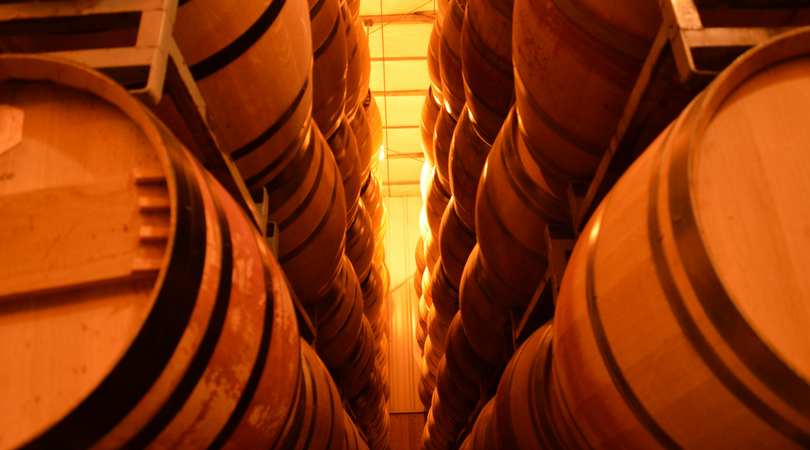Ron discusses the best practices for cleaning and sanitizing your wine making equipment. Keeping everything clean and sanitized is a major factor in how your wine will turn out.
Every winemaker has romantic delusions of the glamour in winemaking. Truth is, most of the work involves scrubbing and scouring equipment and storage vessels. The sooner the winemaker realizes just how important these rudimentary functions are, the faster they will realize worldwide fame and vast wealth.
Let us first realize that the there are two steps involved:
Cleaning first, then sanitizing. The most important thing in cleaning is to be certain to choose an oxygen based cleaner. No chlorine based products should be used in any winery. Without giving a lesson in microbiology, traces of these type of cleaning agents on your equipment or storage vessels can promote compounds that leave moldy and or musty characteristics in your wines (TCA). A good oxygen based cleaner like B Brite is an excellent choice. It rinses thoroughly and quickly with relatively little water, and makes short work of most cleaning jobs. Add a little elbow grease and be diligent in your scrubbing process, and you'll have successfully completed step 1.
Keep your brushes and all scrubbing utensils dedicated specifically for your wine equipment. Clean them thoroughly after using them and store them off the ground. Preferably on racks or a place where they can dry thoroughly. Spraying them thoroughly with a good sulfite solution ( ¾ of a gram in a gallon of water) 10 minutes before use and again immediately after use will greatly reduce any bacteria present on your cleaning utensils.
One of the most difficult things to clean properly is the tubing employed when racking or transferring wines. A good start is to soak them in a solution of B Brite and water the night before use. It's an effective way to clean them inside and out. Simply sink the tubing in an appropriate sized vessel. A bucket or primary fermenter are options.
Sanitizing is the second stage of the process but of equal importance. A gallon garden sprayer is an effective applicator. A mixture of sulfite and water will create a cost effective sanitizing solution. Simply dissolve ¾ of a gram of Potassium Metabisulfate in one gallon of water (100 ppm) and apply it to any and all surfaces that come into contact with your juice, must, or wine. Do not rinse equipment or vessels after the application. Allow 10 to 15 minutes of contact time before using. This process will not be sufficient for sanitizing any wooden barrel. No exceptions.
An optional step in sanitizing for "peace of mind" that can be employed, but isn't very cost effective, is to purchase 190 proof grain spirits. Place the spirits in a small spray bottle and apply to equipment and vessels 10 minutes after the sulfite solution was applied. Do not rinse.
Employing these simple steps will make for effective cleaning and sanitizing of your winemaking equipment and storage vessels. No winemaker can realize success without employing effective practices in cleaning and sanitizing.
Cheers!






